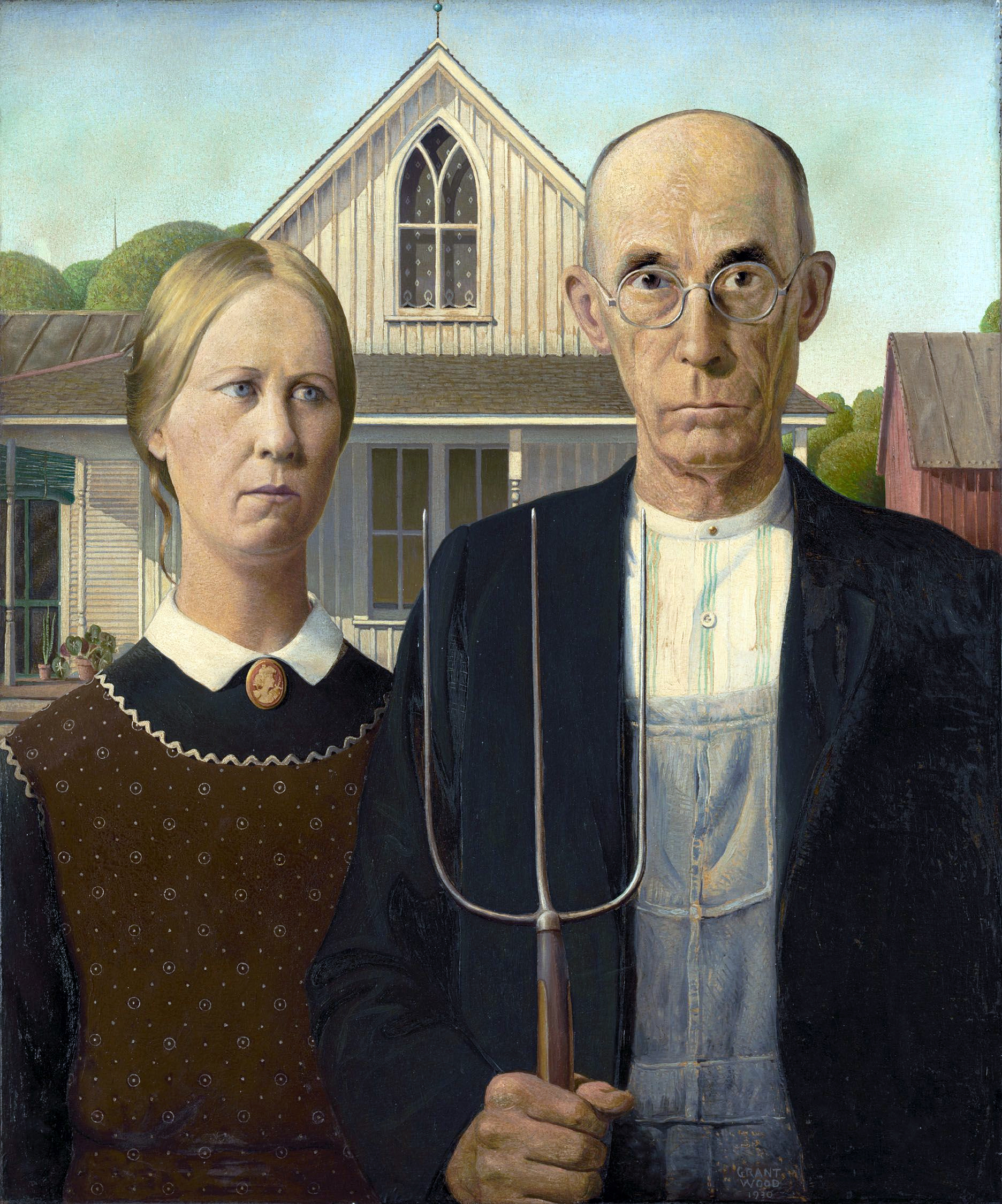I’ve been re-watching Ric Burns’s New York documentary. During
episode three, which is about the late-nineteenth century (from Boss Tweed’s
rise to power to the consolidation of the five boroughs), I dozed off and was awakened sometime later by an eerie, a cappella voice singing the
lyrics of “The Sidewalks of New York.”
The lyrics “eeeeast siiiiide, weeeest siiiide, aaaaaall aaaroooound
the toooown” whispered as they were into my sleeping ear iced my brainstem, and the waltzy melody merged enough with the
rhythm of my own breathing so that, for a second, I thought the dirge was coming
from my own body, that I was an engine of nostalgia for a song about a city I’d only ever
really been to once, a city whose monopoly on cultural trusteeship I'd never been quite happy about.
That whisper in the ear and the inception about old New York
that came with it created a micro-moment of melancholy. I opened my eyes. I
couldn’t quite focus on the old photos panning slowly by, Burns style. By the
time the part of the song that includes the line about “tripping the light
fantastic” came around, I was awake and knew had been a victim of emotional
manipulation. I put my glasses on, got back to work.
What struck me about the song was how like Celtic music it
was. How awfully its singer wanted me to want preserved in song the bygone era
his lyrics embroidered. The part of me that doesn’t wear green on St. Patrick’s
Day and that winces when I hear stories about happy, hospitable Irish people—stories
about tourists finding confirmation of their own preconceptions—said “bleck.”
But the nostalgia that that song so assertively conveyed was
different from the Thistle and Shamrock schmaltz
I’d dodged so often on so many NPR Sunday afternoons. I noticed that “The
Sidewalks of New York” makes a lot of references to specific people and places.
There are the names of the boys and girls who had taught the singer how to
dance and what to play in the streets, boys and girls who had long since vanished
into various corner of America. It was the kind of referencing that makes me
love Tom Waits songs, like this one
Johnny Casey, Jimmy Crowe, Jakey Krause, Mamie O’Rourke, Nellie
Shannon, and Tony—this kind of hood-rat roll call always warms my heart. It carries
the kind of dense verisimilitude one might find on an old grade-school class roster. The
academic in me paused at the naming of “Jimmy Crowe”—is that some cryptic
reference to nostalgia for segregation? I did some
rudimentary research (that is, I googled “The Sidewalks of New York”).
A popular vaudeville number in the 1890s, “The Sidewalks of
New York” became somewhat canonical piece of Americana. It had been recorded by the likes
of Duke Ellington and Mel Tormé and had even been echoed in two early Fleischer
cartoons (one made
in 1925 and one in 1929). This ubiquity excited me. I’m teaching Edith
Wharton’s The Age of Innocence and I immediately perked up at the
fact that more makers of culture than Wharton had been, in the 1920s, thinking
about late-nineteenth-century Gotham. A youtube clip of either of those cartoons
would have offered an excellent lowbrow contrast to Wharton’s novel--would have made for great class-time discussion fodder. Alas, I
could find neither cartoon. But, I did find this Fleischer 1935 production:
That got me thinking about that Uncle Tupolo song, “New
Madrid,” with the line “they all come from New York City.”
The fact that New
York is the port of entry for so many ancestors of red-state citizens is good barb to use against unsuspecting New York haters. Like these guys…
Benign and incidental as it may be,
the fact that the sidewalks of New York constitute the earliest, most
sepia-toned memories of America that most European immigrants can call
up is worth pondering. Maybe that pitchforked old man in “American Gothic,” you
know the one,
is thinking about the hurdy-gurdy man on the corner Hester
and Bowery in the Lower East Side, not the wheat and milk-cows of the prairie. Maybe the capitals of
the world really are our fathers.
If so, I’m that much closer to getting why my uncles love Bruce
Springsteen, why his ballads of sainthood in the neighborhoods of the Jersey Shore ring so true them, boys who grew up in the Irish-Italian ward of Kansas
City. There may have still been some traces of the blue-collar, urban
sensibility of Springsteen’s lyrics in the streets of the northeast Kansas
City when my uncles were young. Maybe sidewalks of New
York once extended all the way out to middle America.
It's the suburbs that severed the link to New York, that repackaged our stereoscopic birthrights into the bright lights, big city skyline posters and the “I <3 NY” T-shirts we all ignored on our way to the Orange Julius stand.
It's the suburbs that severed the link to New York, that repackaged our stereoscopic birthrights into the bright lights, big city skyline posters and the “I <3 NY” T-shirts we all ignored on our way to the Orange Julius stand.
The ties that bind red and blue America are buried somewhere beneath the shopping malls of our youths.


No comments:
Post a Comment